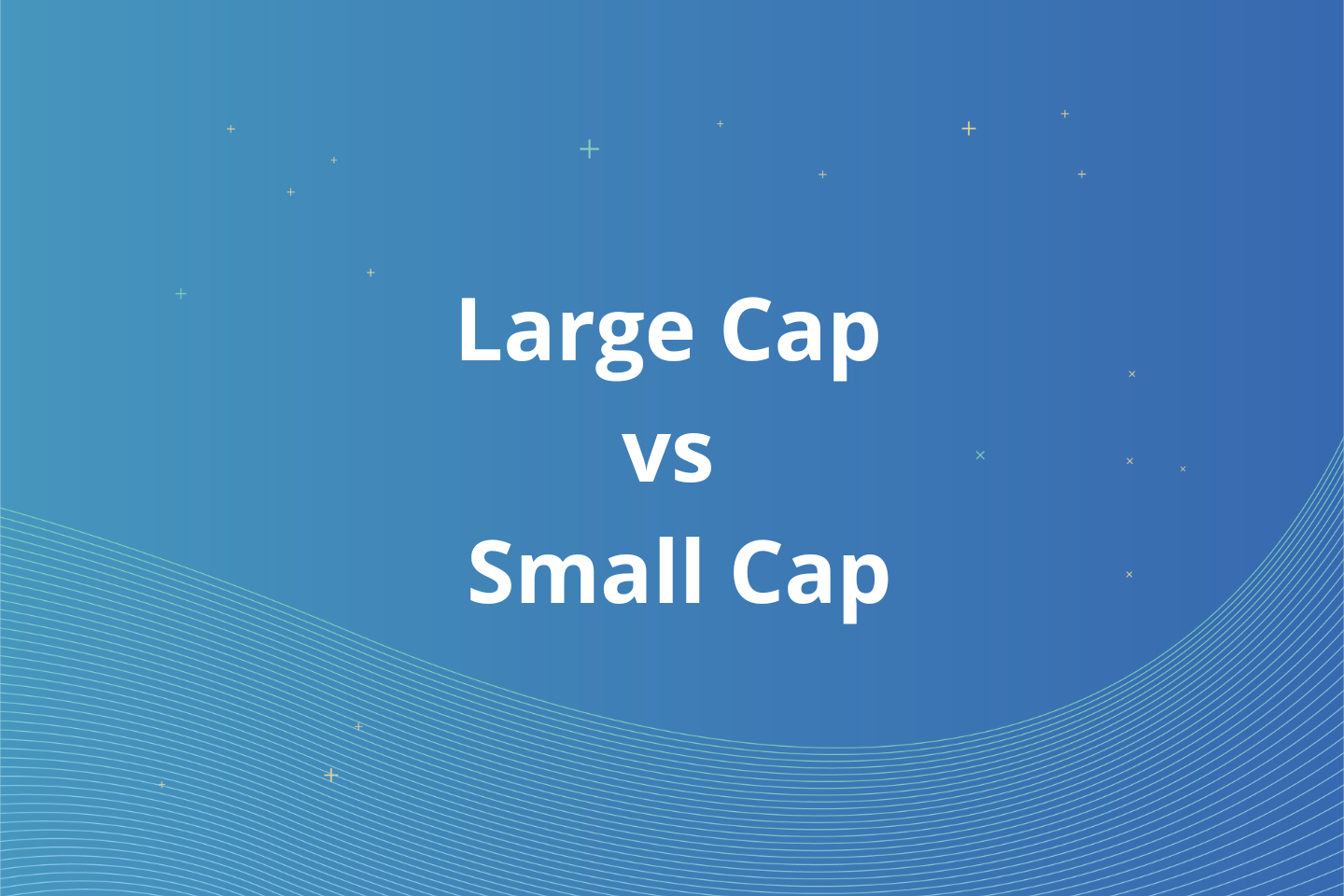The following is a transcript of the video above.
Let’s Try a Practice Question
The fixed rate of return offered by preferred stocks or bonds is a primary factor when considering?
- Inflation Risk
- Credit Risk
- Interest Rate Risk
- Reinvestment Rate Risk
The correct answer is 1.
This question is asking the different types of risks, and the correct answer is inflation risk.
Tip: you should be familiar with all the different types of risks:
- Inflation risk
- Credit interest rate
- Reinvestment rate risk
The exam may ask which one of these investments is going to be more sensitive and they will list these types of different risks.
What Is Inflation Risk?
Main things to keep in mind here when talking about inflation risk:
First: The fixed rate of return.
That is a key point, and we are getting a fixed amount, and it happens in every semi-annual period, quarterly, maybe annually. Which one of these risks would be most important to consider when you are paying a fixed amount of interest or dividends?
Second: Go one by one and define the terms.
Does it make sense for the scenario presented? When you think of inflation, you should start thinking about the cost of goods, and maybe think of the consumer price index (CPI).
What Is the Consumer Price Index?
Consumer Price Index, or CPI, is a term that you may see on your SIE exam. You want to think about inflation. If the CPI is rising, and the cost of goods is rising, what do we think will happen to instruments that are paying a fixed rate of return? Bonds, preferred stocks with their dividends. Maybe even some risks, if they are paying a fixed dividend, but mostly preferred stock in this scenario. If the cost of goods is rising and inflation is going up, then the price of everything is rising. Our money that we are getting every year does not have as much buying power. We are not able to buy as much as we were before, when inflation was a lot lower.
What Is Interest Rate Risk?
Interest rate risk is the risk that an investor takes. Typically, a debt security will change in value because of a fluctuation in interest rates. If the interest rates are going up, for instance, bond prices are going to go down. There is that risk of decreasing in value, but if interest rates go down, then your bond is going to go up a little bit higher. A fixed rate of return is not important for interest rate risk here.
What Is Reinvestment Rate Risk?
This is the risk that there’s going to be no available instruments that will provide a similar return to the ones we currently own. In other words, if we buy an 8% corporate bond and the Fed announces that they’re going to lower their interest rates, now we face interest rate risk because we were getting 8%. The Fed is going to lower their rates to 6%. Now we must take the $80 interest payments and reinvest them into instruments that are not yielding. The fact that you reinvest the interest that you earn into something lower, that is the risk that is there. You are not going to be paid the same interest rate that you were being paid.



